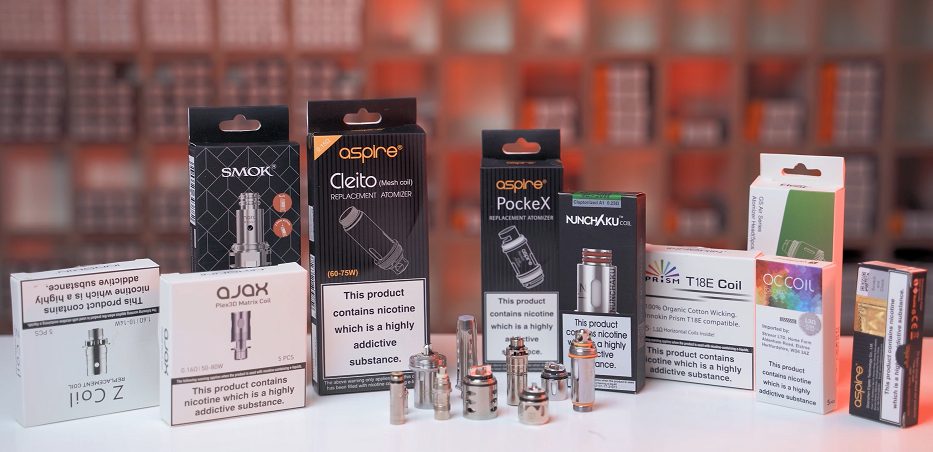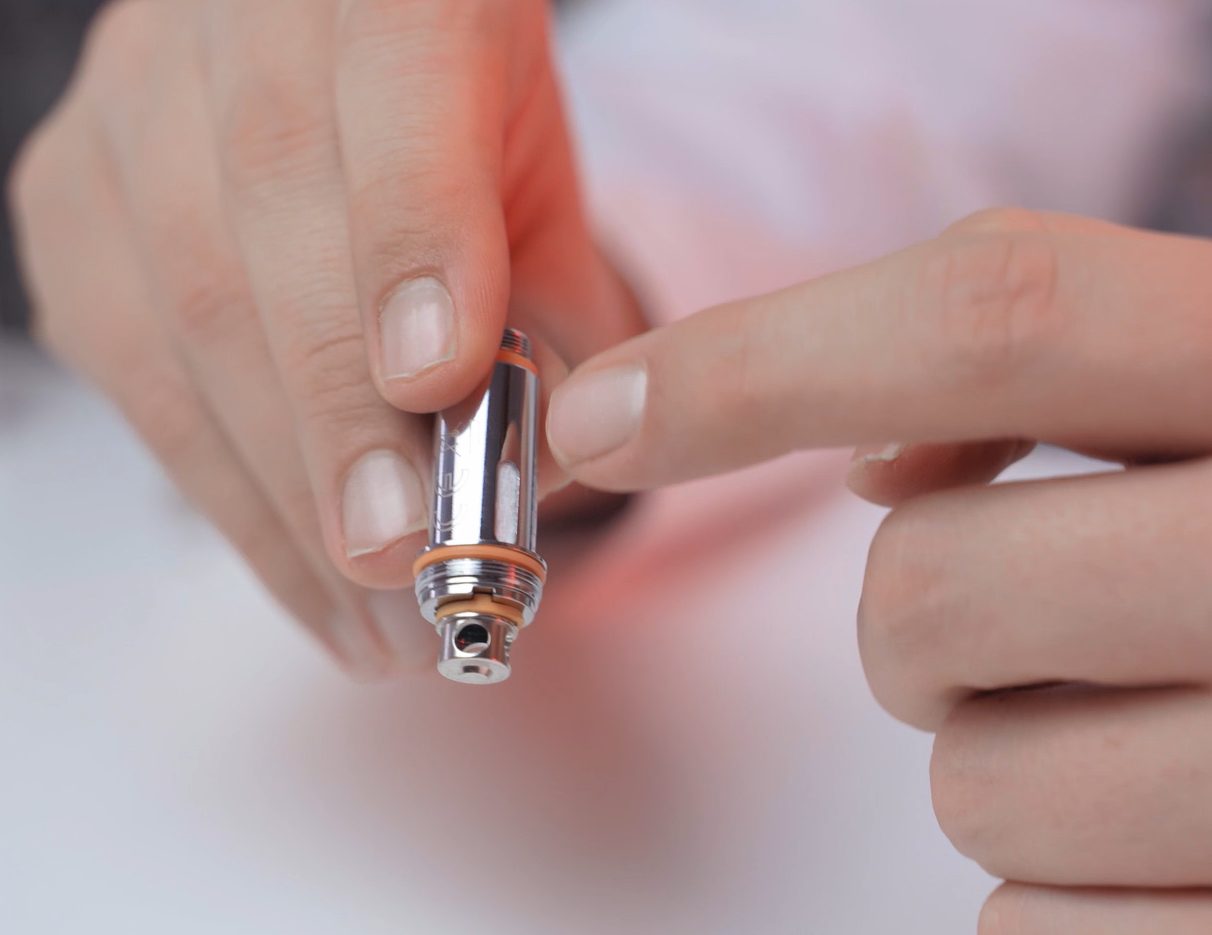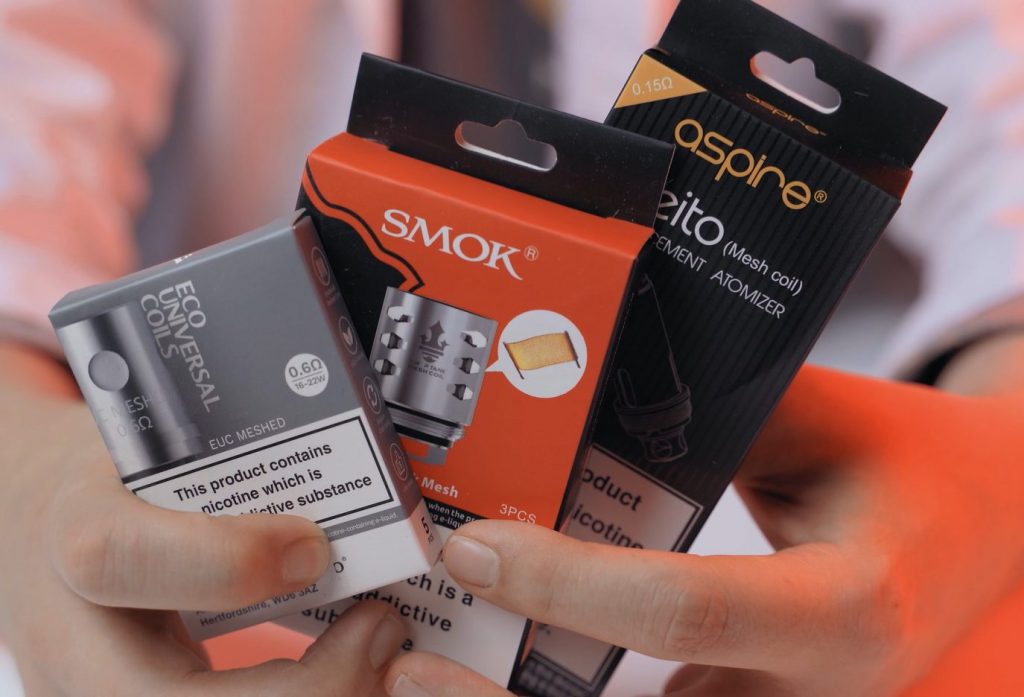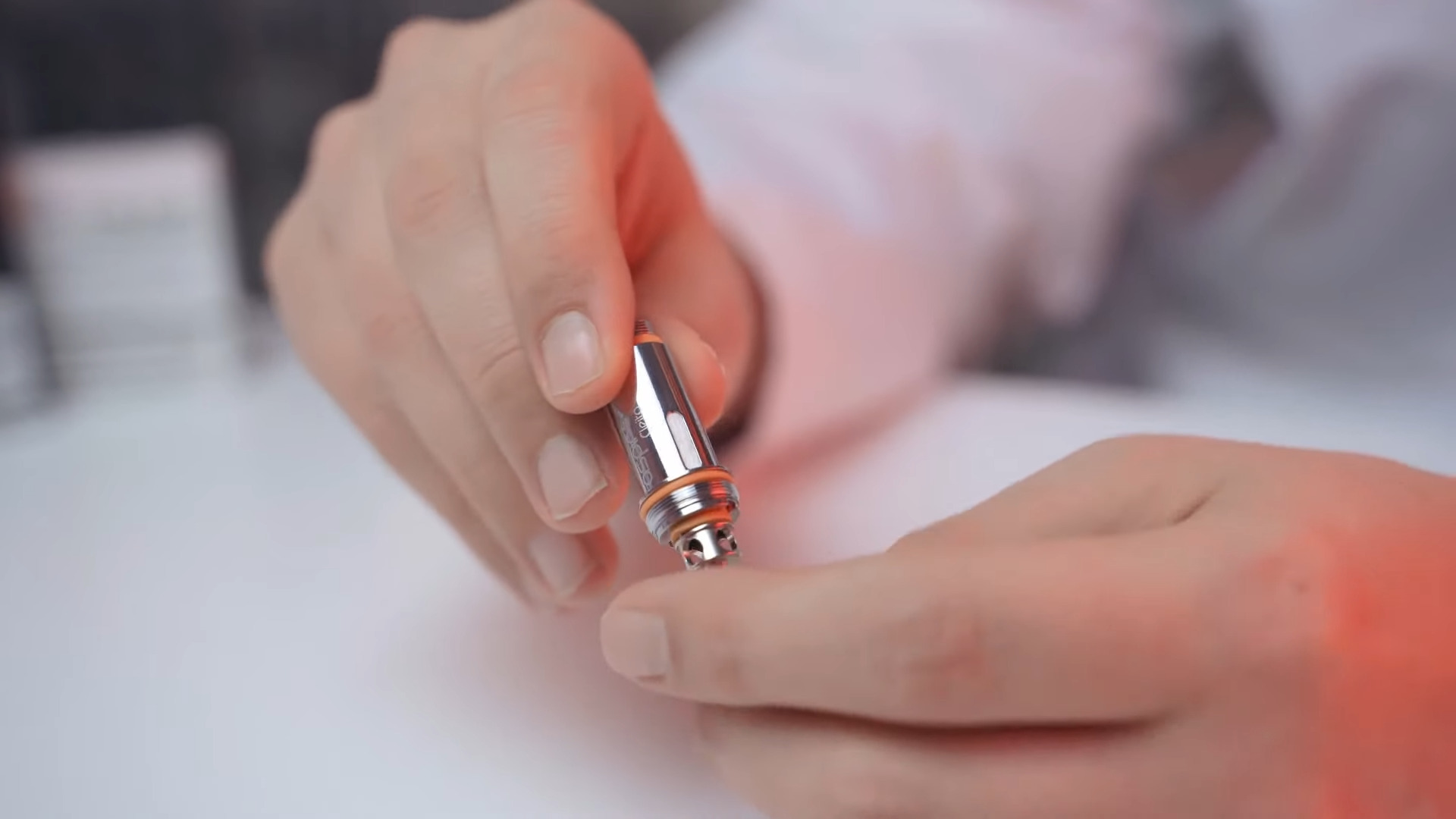Vape coils can be confusing, especially for new vapers. So what are vape coils and how long do vape coils last?
In the following guide we hope to give you a greater sense of understanding over one of the fundamentals of vaping, the steel & cotton heart of your beloved electronic cigarette without which there would be no vape to inhale!
Let’s take a look at what vape coils are, how they work and when you should think about changing them.
Vape Coils Explained:
- What are vape coils?
- How long do vape coils last?
- Should I clean my vape coils?
- How do I change a vape coil?
- Can I use my new vape coil right away?
- How/why to prime a vape coil
- Different types of vape coils explained
- What are ceramic vape coils?
- What are mesh vape coils?
- What are DIY vape coils?
- The future of vape coils
What are vape coils?
A vape coil is an arrangement of small parts designed to absorb and atomise e-liquid. You start with a small heating element, usually a curl of kanthal wire. This element is packed in dense cotton, which is then all housed inside a steel casing with wicking ports lining the exterior.

It might seem like a rudimentary question but honestly we hear this almost every day and for good reason.
Most people didn’t start vaping because of an enthusiasm for small engineering projects, they want to quit smoking! So when a lot of new vapers come in and ask for a new coil, they hear questions like “Which coil do you need? What resistance would you prefer?” and start to panic, because there are truly dozens and dozen on our shelves alone!
It might sound a bit complex but no need to worry; coils come pre-assembled and all you need to do is remove the old one and install the new, which is never a complex process.
How long do vape coils last?
Vape coils aren’t meant to be reusable components and will last between 2-4 weeks depending on usage. When the flavour and quantity of vapour degrades, you are ready to change your vape coils.

Eventually, cottons or other absorbent material within vape coils will be effectively ‘spoiled’. They can no longer reliably soak up new e-liquids because they become sodden with sugary fluid, corrupting the flavour and severely limiting the flow of air which would have carried the cloud of vapour.
Should I clean my vape coils?
Washing a coil under a tap of cold water might seem clever, but you’re unlikely to remove any of the now burned-in vegetable glycerine, and even if you managed to, the coil would now contain impurities from the water which will affect the flavour of your vape even after drying.
Fact is, unless you’re one of the RDA users still out there, your only option is going to be changing your vape coil.
How do I change a vape coil?
The process of changing a vape coil is always similar, but the method may vary between vape tanks.

Most commonly, changing a vape coil will involve unscrewing either the top or bottom of the tank to open it and then removing the coil.
With many tanks, like the Aspire Nautilus series, changing your vape coil will involve unscrewing the old coil from its fixed position, tossing it away and replacing it with a new one.
The best vape tanks and pods, such as the very popular Innokin T18E series and SMOK RPM pods, will instead utilise rubber stoppers and suction pressure to keep the coil in place, meaning you only have to pull the old coil out with mild force then push a new one into place.
Regardless of which type of tank you’re using, you’ll find detailed instructions for a simple coil change in the included manual or you can watch our video for a more in, hands on demonstration of changing a vape coil.
Can I use my new vape coil right away?
A fresh coil needs time to soak. With the absorbent materials bone dry, running an electrical charge through the heating element now runs a high risk of a ‘dry-fire’.

A dry fire means that the cottons inside your coil were exposed to very high heat without any e-liquid present to vaporise, resulting in a scorched cotton and a ruined vape coil.
How/why to prime a vape coil
There is a speed-up process known as ‘priming’. Priming a coil involves introducing a small amount of e-liquid to it prior to installation. The best way to do this is to gently ‘paint’ some e-liquid on the exposed cottons through the wicking ports which line the side of the coil.
Priming is a personal choice; I don’t do it myself. I tend to find that introducing too much e-liquid to the coil before use results in losing a few days of use from the overall life of the coil, and I’m personally much happier to wait 10 minutes than lose two or three days of use.
Different types of vape coils explained
While coils are always going to follow a basic formulae (heating element + soaking material) you can definitely find a variety of vape coils which utilise different or alternative materials or construction methods.
What are ceramic vape coils?
The EUC range by Vaporesso for instance features a ceramic range alongside traditional kanthal & cotton units. The steel element is replaced with a ceramic one which generally provides greater longevity to the coil, often up to a week of further use.
What are mesh vape coils?
Vaporesso also now produce a line of coils which feature mesh interiors, similar to their GT Core range’s mesh edition. Mesh interiors replace the curled metal element with an evenly spaced steel mesh, which ensures the most even heat distribution possible and cuts down on the likelihood of dry spots; an unfortunate occurrence where a traditional heating element burns too hot in one place and quickly dries out and burns a section of cotton.

What are DIY vape coils?
There is of course another style of coil entirely, one which changes the way you look at vaping in general. I’m talking about DIY vaping, a pursuit which will involve the user using simple tools to build their own coils at home.
While it may sound daunting it’s surprisingly easy to get started with homemade coils. All you’ll need is an RDA deck or RTA, some organic cotton, a spool of wire intended for vape use, a coil jig, some wire cutters and a set of tweezers.
DIY vaping enthusiasts will speak volumes about the unmatchable clarity of flavour and stunning cloud production potential. It does generally take a little more work and care; you’ll be changing the cottons every day or so and the coil will likely last up to a couple weeks.
You’ll also, in the case of RDA use, be applying fresh e-liquid to your exposed cottons every few minutes, so as you can see it’s not a casual pursuit and generally not popular with those for whom vaping is entirely about smoke reduction. But for those who crave flavour, clouds and a fun evening hobby it’s definitely something to look into.
Vape coils in the future
We hope this guide and the video above have given you a clearer understanding of an aspect to vaping which seems to befuddle many. Never fear though, any decent vape shop will be happy to help you along the way if you pop by with your device in hand, and will likely be able to show you how to change the coils when the time comes.
Sadly, cleaning vape coils is still a little unreasonable, but with an industry as driven by innovation as vaping we won’t be surprised the day we find a coil you can pop in the dishwasher, might just be a couple years yet. Thanks for reading and be sure to check out our YouTube channel for frequent updates in vaping hardware, news and education.
Need more vaping advice?
We have written extensively about all things vaping over the past ten years, you can take a read of some related guides below or click on the live chat to discuss your needs with a real human being. We hope this guide has helped you better understand vape coils and how and when to change them. Happy vaping!
- How Long Do Vape Coils Last? When To Change Coils
- What is MTL and DTL vaping?
- What are dry hits? How to fix dry hits when vaping
- How to Fix a Crackling/Spitting Vape
- What is an RDA Vape and How Does it Work?
- How Much Should Your Spend on Your First Vape Kit?
- Top 8 Best Pod Vape Systems
- Top 8 Best Starter Vape Kits For Beginner Vapers
- Why Does My Vape Taste Burnt With A New Coil? – How to fix



Leave a Reply